From March 3rd to 8th, 2025, I had the incredible opportunity to visit Berlin, Germany, as part of ITB 2025, the world's leading travel fair. Representing Paradise Holidays along with Kerala Tourism, this trip was a mix of professional networking and personal exploration, offering a deep dive into Berlin's rich history and vibrant culture.
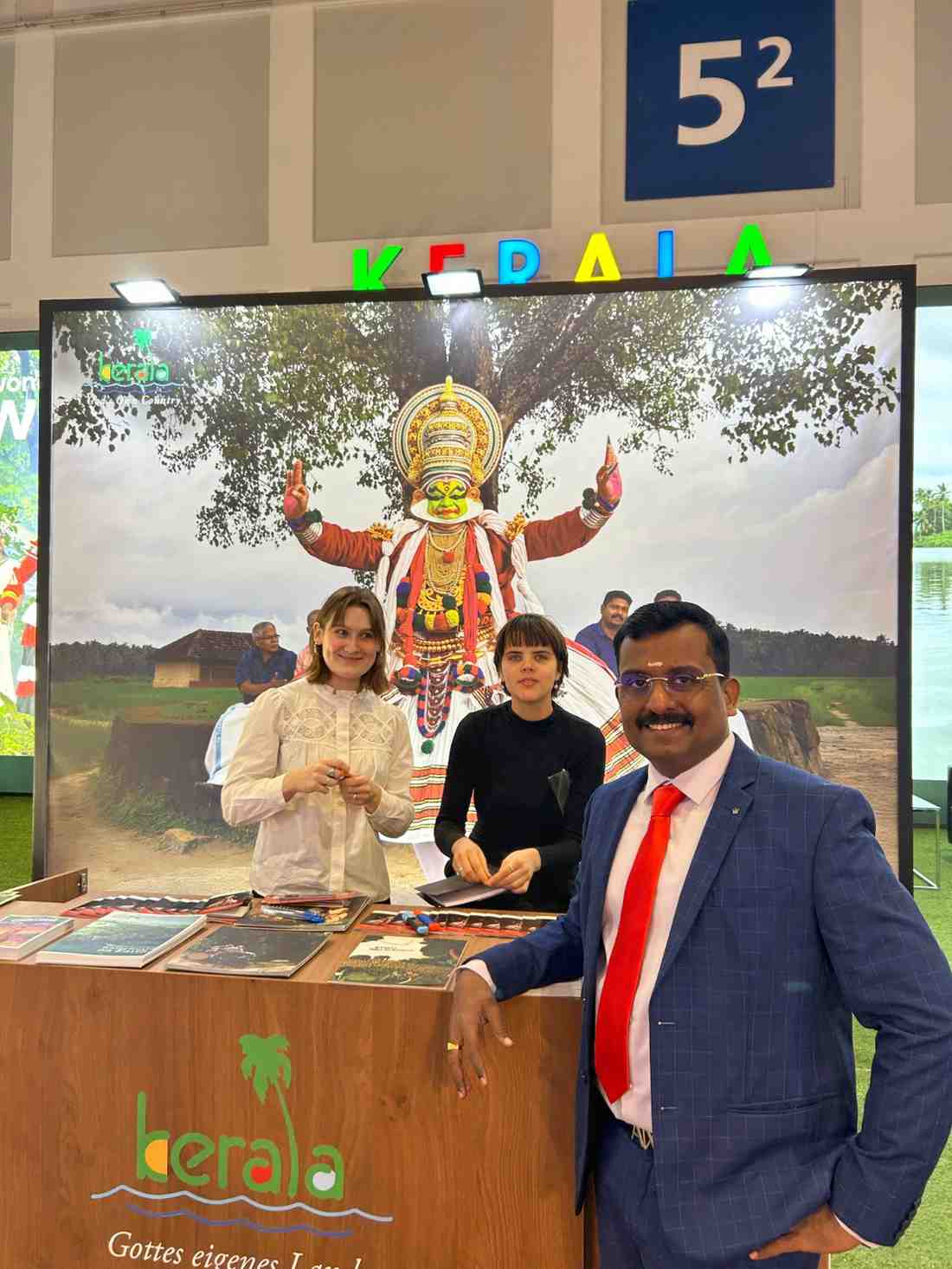
Arrival in Berlin & First Impressions
I landed at Berlin Airport on the afternoon of March 3rd and took the metro to my accommodation. After settling in, I spent the evening walking around the neighborhood to get a feel for the city's atmosphere. Berlin's streets exude a unique blend of modernity and history, with remnants of its past seamlessly woven into its contemporary urban life.
City Exploration with Hop-On Hop-Off Tour
The next day, I took the metro to Zoologischer Garten and used the Hop-On Hop-Off bus service for a city tour. The ticket cost €30 and provided an informative guided tour of Berlin's major attractions. I could get off at any stop, explore, and then catch the next bus using the same ticket.
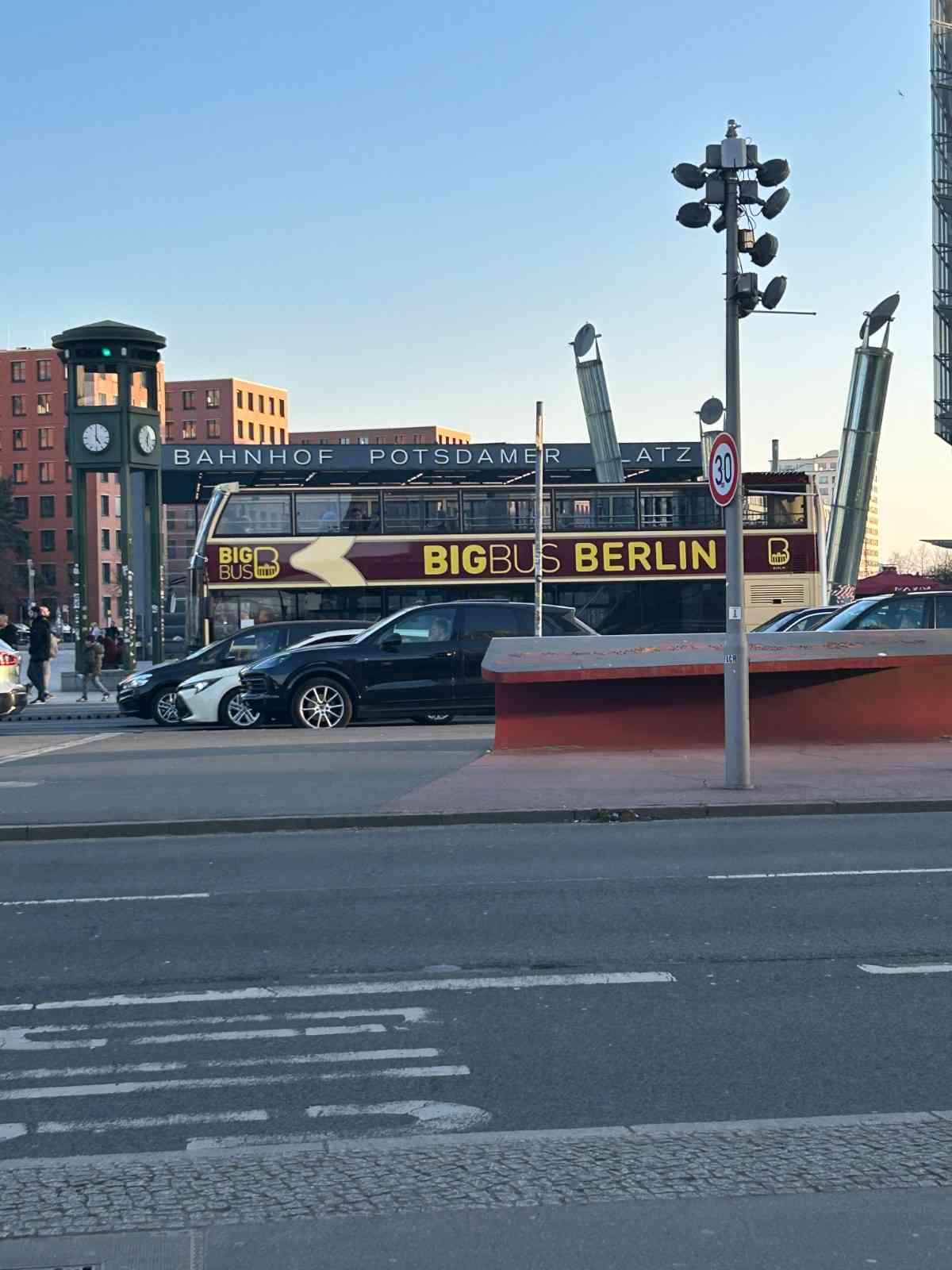
Checkpoint Charlie
My first stop was Checkpoint Charlie, one of the most famous crossing points between East and West Berlin during the Cold War. I visited the museum, which documents the history of the Berlin Wall and the many daring escape attempts. I also bought a souvenir representing the Berlin Wall—a small piece of history to take back home.
The Berlin Wall
The Berlin Wall, built in 1961, divided the city into East and West Berlin for nearly three decades. It symbolized the Cold War era and the struggle for freedom. Today, parts of the Wall remain as a historical landmark, with graffiti and murals that tell powerful stories of division and reunification.
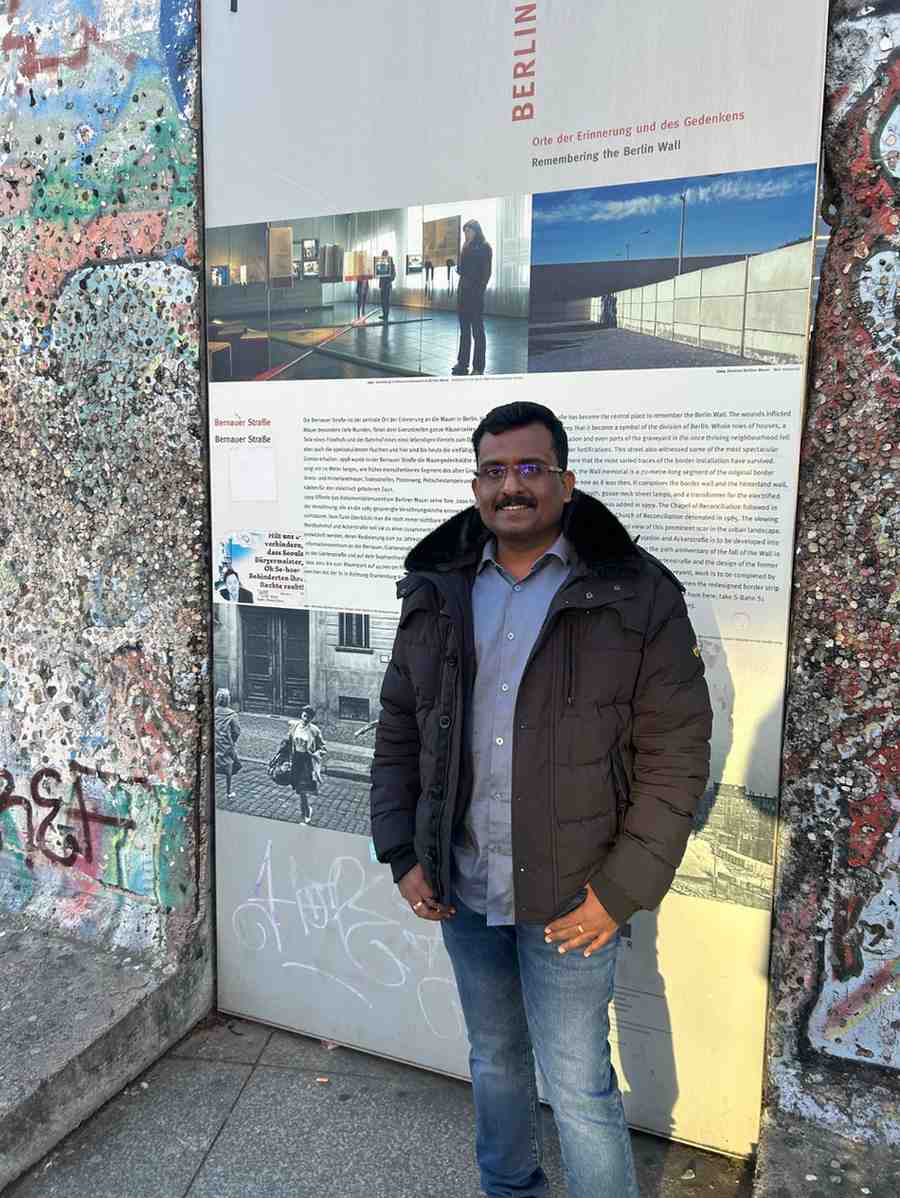
Brandenburg Gate
My next stop was the Brandenburg Gate, an iconic neoclassical monument that has witnessed Berlin's historical transformation. I had lunch nearby before hopping on the next bus to complete the city tour. This tour was an excellent way to get an overview of Berlin's history and architecture.
Visit to Berlin Zoo
On March 4th, I visited the Berlin Zoological Garden, one of the oldest and most famous zoos in the world. Established in 1844, this zoo is home to over 20,000 animals across 1,300 species, making it one of the most species-rich zoos globally.
The highlight of my visit was seeing the giant pandas and the penguins, two of the most beloved attractions at the zoo. The zoo is the only one in Germany that houses giant pandas, making it a must-visit spot for wildlife enthusiasts. Watching the playful pandas and the lively penguins in their well-maintained habitats was a memorable experience. The zoo's commitment to conservation and education is evident in its well-structured enclosures and informative displays.
Located near Tiergarten Park, the zoo is easily accessible via the Zoologischer Garten metro station. It is an ideal place for families and animal lovers to explore Berlin's diverse wildlife scene.

ITB 2025 & Evening Explorations
For the next three days, I was fully engaged in the ITB trade fair. After long days at the exhibition, I took time in the evenings to explore Berlin's food and drink scene. I tried various local cuisines and, of course, sampled German beer.
Food Culture in Berlin
Berlin offers a diverse culinary experience, from traditional German dishes to international cuisine. One of the highlights of my trip was experiencing Germany's bread culture. Germany is known for having over 3,000 varieties of bread, and bakeries in Berlin showcase this rich tradition. From pretzels (Brezn) to dark rye bread (Roggenbrot) and sourdough varieties, bread is an essential part of German meals.
Some must-try local foods include:
- Currywurst – A Berlin specialty consisting of sliced sausage topped with curry ketchup.
- Döner Kebab – Though originally Turkish, Döner has become an iconic Berlin street food.
- Berliner Pfannkuchen – A traditional German donut filled with jam.
- Schnitzel – Breaded and fried meat, a staple of German cuisine.
- Bratwurst – Grilled sausages served with mustard and bread.
Traditional German meals are often hearty, featuring meats, potatoes, and rich sauces. Many restaurants also serve local favorites such as Eisbein (pork knuckle) and Königsberger Klopse (meatballs in caper sauce).
Germany's Beer Culture
Germany has a deep-rooted beer culture, with a brewing tradition dating back to medieval times. The Reinheitsgebot (Beer Purity Law) of 1516 ensured that German beer maintained high-quality standards. Berlin offers a variety of brews, from light Pilsners to dark Dunkels. Tasting the local beers was an essential part of experiencing Berlin's culinary heritage.
A Somber Visit to a Concentration Camp
On March 7th, my friend Ajay, who works at Audi in Stuttgart, joined me. Together, we visited a concentration camp near Möckernbrücke. This visit was an emotional and haunting experience. Walking through the camp, seeing the barracks, and reading about the horrific events that took place there was deeply moving. It served as a stark reminder of the tragedies of World War II and the resilience of those who survived.
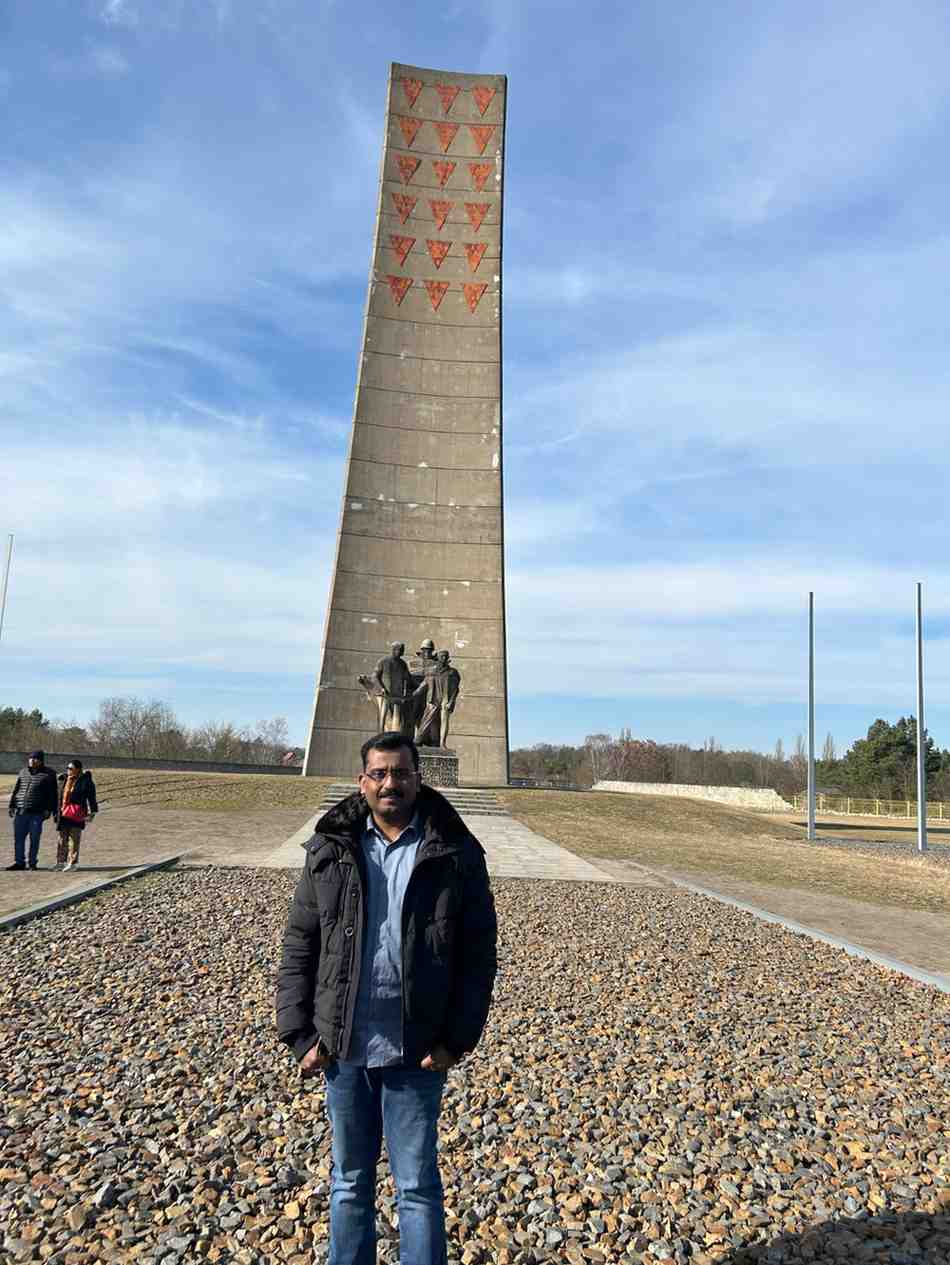
Hitler's Bunker & The Topography of Terror
After the concentration camp visit, we explored the Hitler Museum, which includes a bunker where Adolf Hitler spent his final days before committing suicide. The museum details the rise and fall of the Nazi regime and provides an in-depth look at this dark chapter in history.
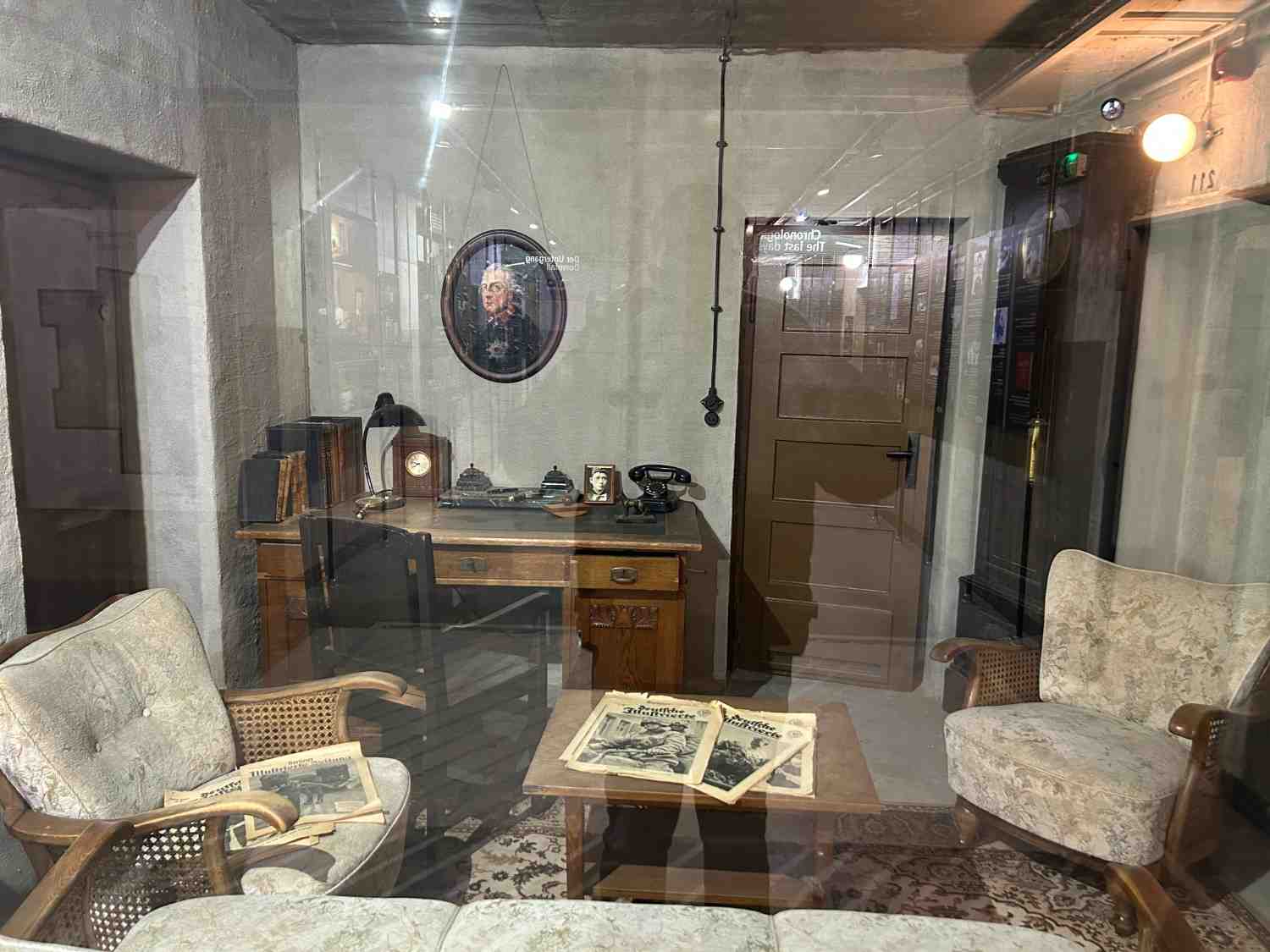
Checkpoint Charlie & Brandenburg Gate at Night
Before concluding our day, we returned to Checkpoint Charlie to capture evening photos. The area, lit up at night, had a different ambiance, making it an excellent spot for photography. Finally, we went back to Brandenburg Gate to witness its majestic nighttime illumination.
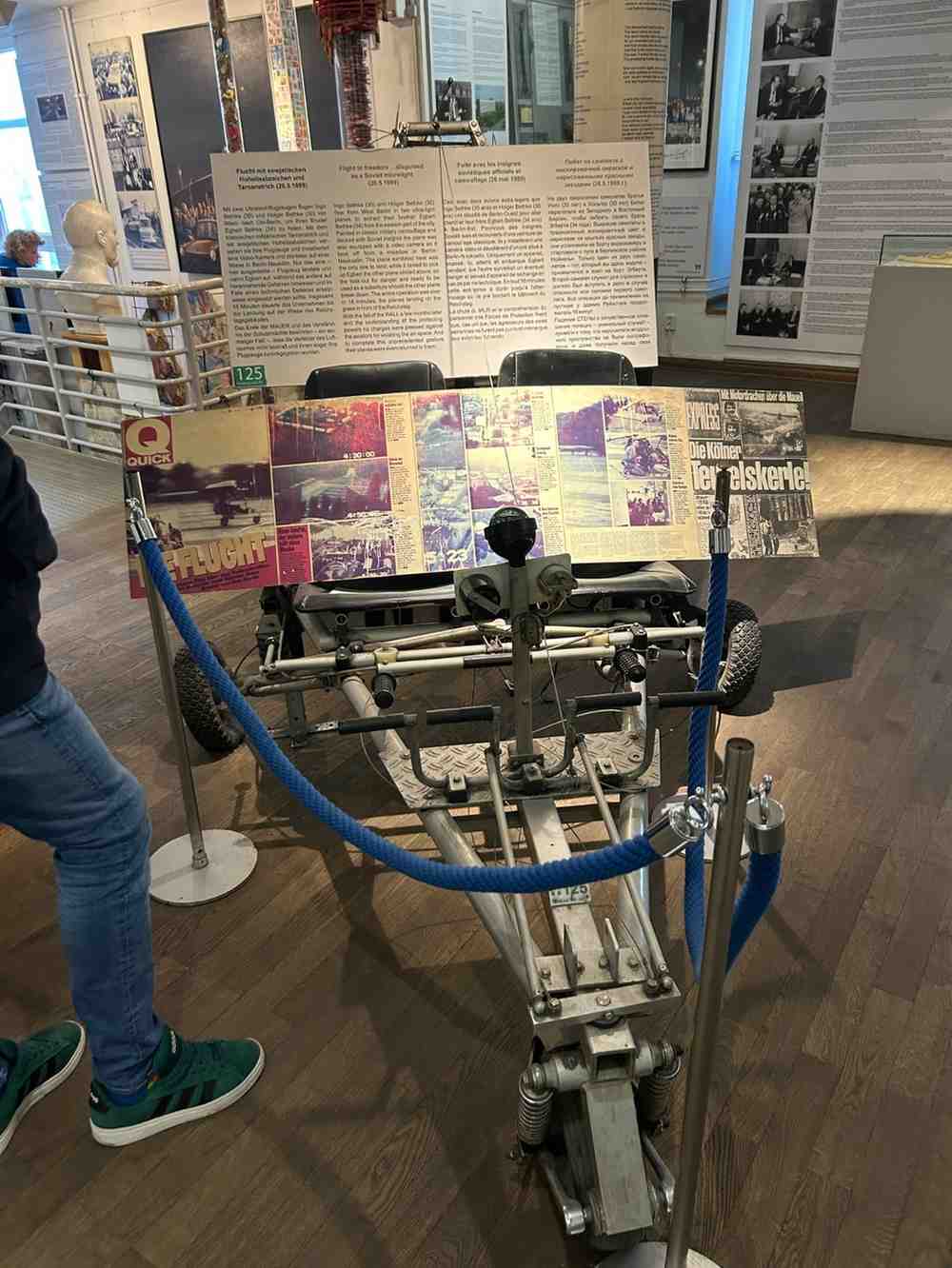
Museums in Berlin
Berlin is home to over 170 museums, each offering a glimpse into the city's diverse history, culture, and art. Some of the most notable museums include:
- Pergamon Museum – Famous for its impressive collection of ancient artifacts, including the Pergamon Altar.
- DDR Museum – An interactive museum showcasing life in East Germany under Soviet rule.
- Jewish Museum Berlin – Offers an in-depth look at Jewish history and culture in Germany.
- Topography of Terror – A powerful museum documenting Nazi crimes during World War II.
- Altes Museum – Home to classical antiquities and part of Berlin's renowned Museum Island.
- Berlinische Galerie – Displays modern art, photography, and architecture from Berlin.
These museums provide invaluable insights into Berlin's past, from its imperial roots to the Cold War era and beyond. If you're visiting Berlin, setting aside time to explore some of these museums is highly recommended.
Conclusion
Berlin is a city rich in history, culture, and modern attractions. From exploring historic landmarks to experiencing its vibrant food and beer culture, every moment was memorable. The city's efficient public transport and deep historical significance make it a must-visit destination. Whether you're visiting for business or leisure, Berlin leaves a lasting impression.